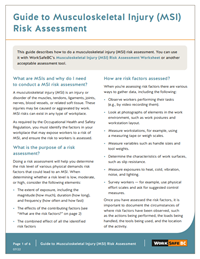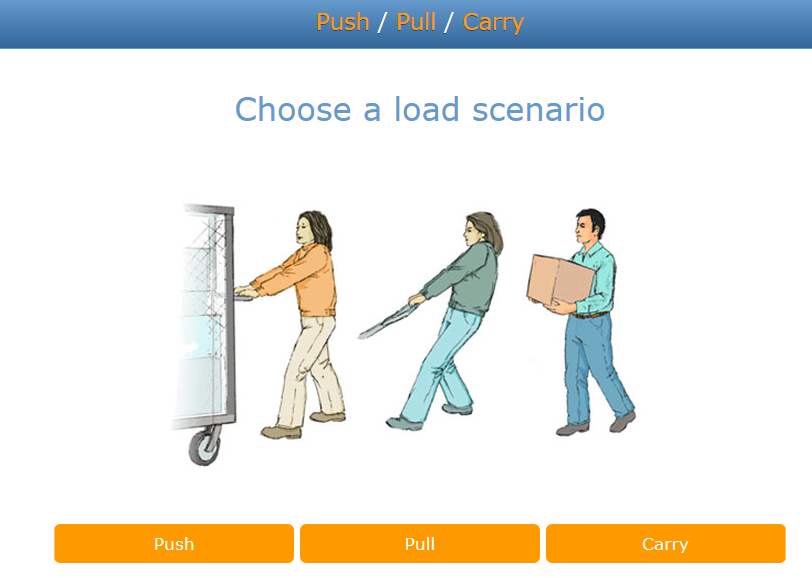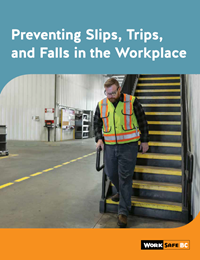Sprains & strains
Sprains and strains are among the most common injuries for B.C. workers. They can arise from a number of incident types, such as overexertion, repetitive motion, motor vehicle incident, and slips, trips, and falls. Sprains and strains that arise from overexertion and repetitive motion incident types are referred to as musculoskeletal injuries (MSIs) at WorkSafeBC.
How to reduce the risks
To reduce the risk of sprains and strains caused by overexertion and repetitive motion, you can use risk controls to eliminate the hazards that cause the injuries. When choosing the appropriate risk controls, the employer must consult with the joint health and safety committee or the worker health and safety representative. Be sure to test the risk control before fully implementing to make it work within your organization. To help identify potential risk controls, consider the following questions:
-
1
Engineering controls
Physical modifications to facilities, equipment, and processes can reduce risk factors for MSIs. Some questions to consider:
- Can equipment or furniture be added or modified to eliminate or reduce awkward postures for workers?
- Can the workplace be modified to eliminate or reduce the need for lifting of heavy objects?
-
2
Administrative controls
Changing work practices and work policies, awareness tools, and training can limit the risk of MSIs. Some questions to consider:
- Can tasks requiring highly repetitive motions be automated?
- Can tasks requiring heavy lifting be done by mechanized equipment, or by teams of workers rather than one person?




